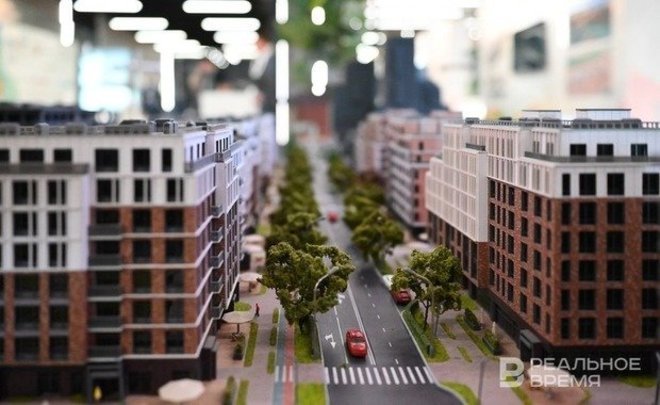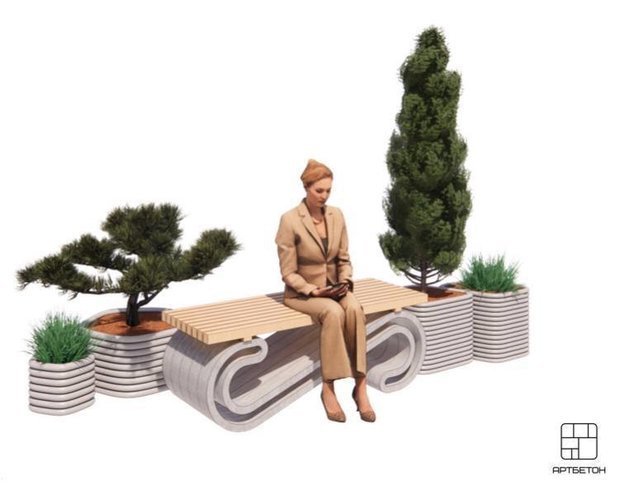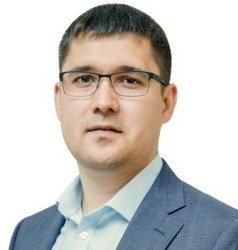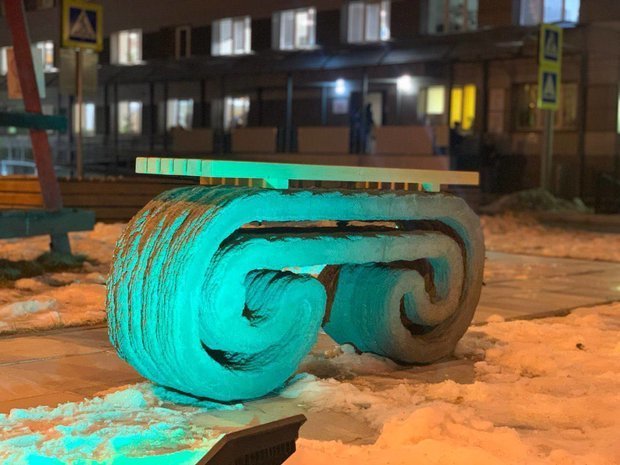Why don’t we print a house: how Tatarstan mastering additive technologies

Fantastic ideas, where any object is created in a couple of hours, have become our reality. You can print anything on a printer today — medicines and prostheses, car and airplane parts, even a residential building. The process of layer-by-layer creation of a physical object using an electronic model is called additive manufacturing. The forum, which opens in Kazan in November with the support of the government of the Republic of Tatarstan and Rosatom State Corporation, is dedicated to them. This is the main Russian platform that brings together the latest achievements of science in this field and leading experts. Who in Tatarstan has succeeded in additive technologies, where the “printed” cottage settlement is growing in the republic, and what problems are holding back the development of the industry — in the material of Realnoe Vremya.
“We are preparing national standards”
Two years ago, Kazan scientists from the University of Architecture showed a bench that was printed on a 3D printer. The bench was patented, and in the project documentation it was indicated that other things can be obtained by the same method — building products, structures and even buildings.
A well-known method is when a concrete wall is built in layers using 3D printing — it is reinforced and the cavity between the outer and inner layers is filled with a heat-insulating material. But builders still could not afford a long technological break, otherwise the adhesion of layers (adhesion of surfaces of dissimilar bodies) decreased. Kazan specialists managed to improve the technology so that the duration of the technological break increased to 12 hours without the formation of cold seams and reduced adhesion, which led to the high quality of construction products.


“At the moment we are working on standardisation in this area. We are preparing national standards that will relate to additive technologies," he shared.
The university added that they were not engaged in the sale of printed benches, but local developers are showing interest in the technology.

“The future has already come”
The topic of additive technologies has been actively discussed in Tatarstan for the last two years. In particular, one of the summer meetings of Tatneftekhiminvest Holding Board of Directors was devoted to the development of this industry. The assistant of the rais of the republic, Albert Gilmutdinov, then admonished skeptics:
“The future of additive technologies has already arrived — the first rocket was launched into space, assembled from engines and parts printed on a 3D printer. Hence the question to the opposing industrialists: if we learned how to make rockets in two months, what will our competitiveness be in the future?" he urged them to think about the introduction of additive technologies.
KAMAZ is already using them — the auto giant has signed an agreement with Rosatom. The KNRTU-KAI is also going to launch two projects together with the state corporation: the development of a plasmotron for processing powders from which a 3D model is produced, and a unit for the production of powders from different metals from which parts are printed. Olga Ospennikova, the executive director of the Association for the Development of Additive Technologies (ARAT), presented the overall picture of the development of the industry at that time. According to her, until recently, the demand for these technologies in the world stagnated, but since this year there has been a noticeable rise in the field of mechanical engineering and the production of consumer goods. The volume of consumption by 2024 is estimated at $25,5 billion.
“By 2030, the market is to grow to $72,5 billion," she said, referring to analytical data from Wohlers Associates.

By 2030, according to the Strategy for the Development of Additive Technologies, about 180 centres of additive technologies to be created in Russia. About a dozen of them are to be opened by Rosatom. With the support of the Government of Tatarstan and the state corporation, the fifth Additive Technologies — New Reality All-Russian Leader Forum is going to be held in Kazan from November 20 to 21, the organising committee of which is headed by the prime minister of the republic, Alexey Pesoshin. The head of the Ministry of Industry and Trade of the Republic of Tatarstan, Oleg Korobchenko, and the adviser to the rais, Albert Gilmutdinov, were appointed as his deputies. In total, there are 19 people in the organising committee, including rectors of universities, heads of departments and President of the Academy of Sciences of the Republic of Tatarstan, Rifkat Minnikhanov.
“There are shortcomings that we are working on”
“Development is underway in the country as a whole, but Tatarstan is considered one of the advanced regions in this regard, where research and development work is being carried out to improve this technology and construction is underway with its application. For example, a cottage settlement is being built in Zelenodolsk district. We are developing the drafts of national standards in the field of additive technologies. The basis of additive processes is used in the educational process of the Kazan State University of Architecture and Civil Engineering in the preparation of students. That is, the work goes on at all stages, starting with training and ending with scientific research. In particular, we are working with the Ministry of Construction of Russia on standardisation of this industry," Rustem Mukhametrakhimov stated.
The specialist noted that there are different ways to build products layer by layer. In construction, there is a method of layer-by-layer extrusion, which gives the opportunity to create a real object from concrete using a 3D printer based on an electronic digital model of the object. At the same time, unlike other traditional forms, for example, casting or stamping, in this case, no formwork is required — the product is immediately made of the desired shape and the required dimensions. “This process is more automated. Due to it, less raw materials and energy resources are consumed. There are shortcomings that need to be eliminated, since the technology is at the stage of development and active improvement, and now we are working on it," the source concluded.